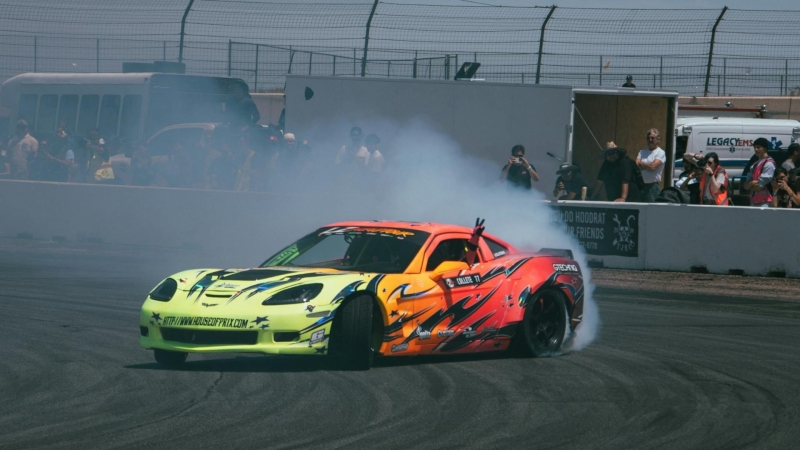Contents
Motorsport photography is a thrilling and demanding niche that combines technical expertise, artistic vision, and a deep passion for the sport. If you’ve ever wondered what it’s like to capture the adrenaline-filled world of racing or are considering a career in this field, this video from Adorama’s series Shoot for Speed offers an invaluable behind-the-scenes look into this high-octane profession.
The multifaceted art of motorsport photography
The video is hosted by motorsport and automotive photographer Jamey Price. As he explains, being a motorsport photographer requires versatility. It’s not just about snapping cars speeding around a track; it’s about mastering various photographic techniques to convey the excitement, speed, and emotion of the sport.
Although it may sound counterintuitive, motorsport photographers don’t exclusively use fast shutter speed to capture the zooming cars. From ultra-fast shutter speeds of 1/8,000th of a second to capture a car’s precise details to long 30-second exposures for dramatic light trails, they use a broad range of settings and styles.
One of the standout techniques in motorsport photography is panning. Panning involves following a moving car with the camera to create a sense of motion in the final image. Jamey notes that this technique is essential for making race cars appear dynamic rather than static. By using slow shutter speeds—sometimes as low as half a second—photographers can blur backgrounds and wheels while keeping the car sharp. It’s usually done on a monopod, but sometimes even handheld, which I find particularly impressive! The result? Stunning, dynamic shots that are rarely seen in other types of sports photography.
Panning isn’t just about technique; it also requires an acute awareness of your surroundings. Foreground elements, backgrounds, and light sources all play a role in creating unique effects. A police car’s flashing lights or a portapotty in the background can transform into vibrant streaks of color when the shutter is left open long enough. These creative opportunities make motorsport photography both challenging and exhilarating.
The challenges of motorsport photography
While the work may seem glamorous and exciting, Jamey is open about the challenges. Access to certain areas of the track can be limited due to safety concerns. Some of these rules make perfect sense, while others seem completely arbitrary, making photographer’s life pretty difficult on the race day. Building a career in this field also requires a blend of photographic skill, business acumen, and strong relationships within the industry.
Perhaps the most demanding aspect, however, is the lifestyle. Long days at the track often mean skipping meals and spending hours on your feet. “Even an easy day is a long day,” Jamey shares. And then there’s the travel—spending months away from family is a significant sacrifice. But for those who are truly passionate about motorsport, the rewards outweigh the difficulties.
“I’ve been able to share my passion with my family,” Jamey says, adding that his children occasionally accompany him to races. It’s a unique way to show them the value of doing work you love, even when it’s challenging.
The emotional highs and lows
Motorsport photography isn’t just about documenting victories. It’s about capturing the full spectrum of human emotion and experience. Photographers like Jamey find themselves on the front lines of both celebrations and tragedies. Racing is a dangerous sport, and being present during moments of loss can be profoundly affecting. But these experiences also foster deep connections with the teams, drivers, and other professionals in the industry.
“They’re genuinely my family away from my family,” Jamey reflects. These bonds are forged over years of shared experiences, creating a close-knit community within motorsport world.
The fast-paced reality of the job
The work of a motorsport photographer doesn’t end at the track. Post-production is crucial, but it’s also a race against time. Teams rely on live image deliveries to assess car damage, and there’s little room for perfectionism. “If I’m spending more than four or five seconds on one image, it’s probably not the right image for me,” Jamey explains. This fast-paced environment demands quick decision-making and the ability to prioritize the best shots without getting bogged down in edits.
Whether you’re a seasoned photographer or simply curious about what it takes to capture the world of motorsport, there’s a lot of insights and inspiration in this short video. Through his candid storytelling and technical expertise, Jamey provides a window into a profession that is as challenging as it is exhilarating.
[Challenges of Motorsport Photography | Shoot for Speed with Jamey Price | Adorama]

